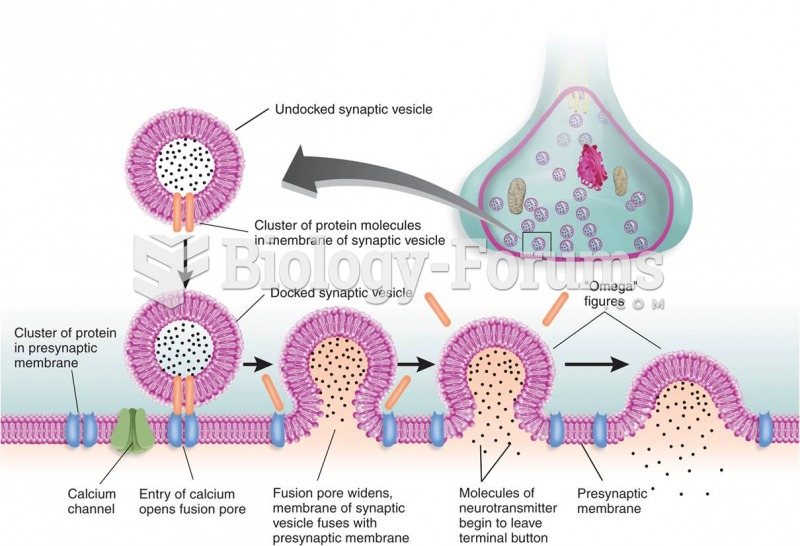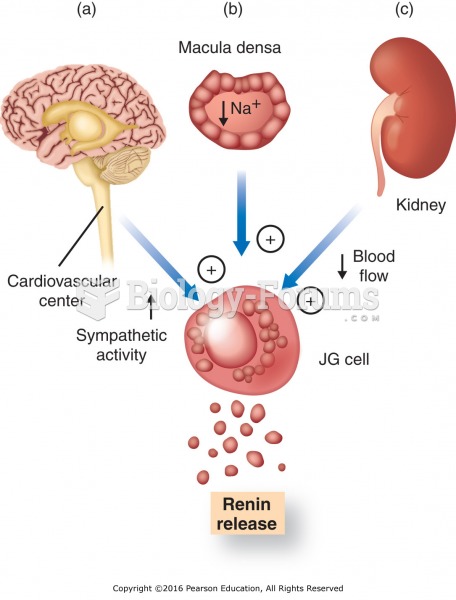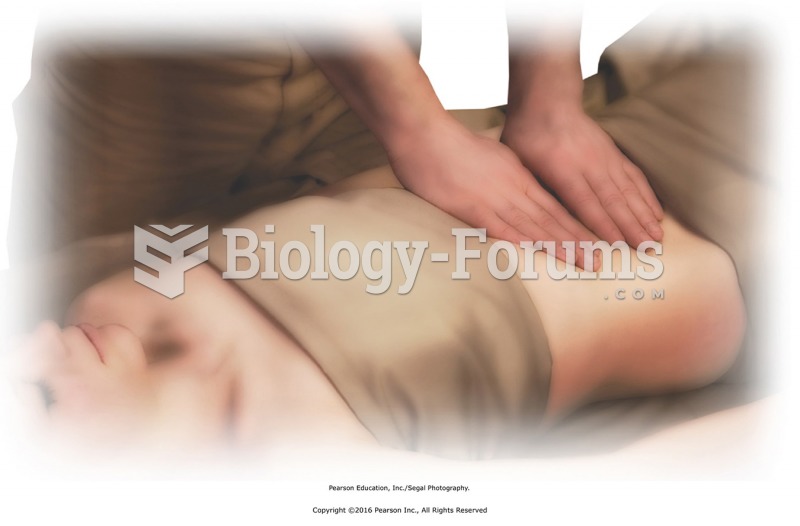|
|
|
Although the Roman numeral for the number 4 has always been taught to have been "IV," according to historians, the ancient Romans probably used "IIII" most of the time. This is partially backed up by the fact that early grandfather clocks displayed IIII for the number 4 instead of IV. Early clockmakers apparently thought that the IIII balanced out the VIII (used for the number 8) on the clock face and that it just looked better.
Cutaneous mucormycosis is a rare fungal infection that has been fatal in at least 29% of cases, and in as many as 83% of cases, depending on the patient's health prior to infection. It has occurred often after natural disasters such as tornados, and early treatment is essential.
There are more bacteria in your mouth than there are people in the world.
Liver spots have nothing whatsoever to do with the liver. They are a type of freckles commonly seen in older adults who have been out in the sun without sufficient sunscreen.
According to the Migraine Research Foundation, migraines are the third most prevalent illness in the world. Women are most affected (18%), followed by children of both sexes (10%), and men (6%).
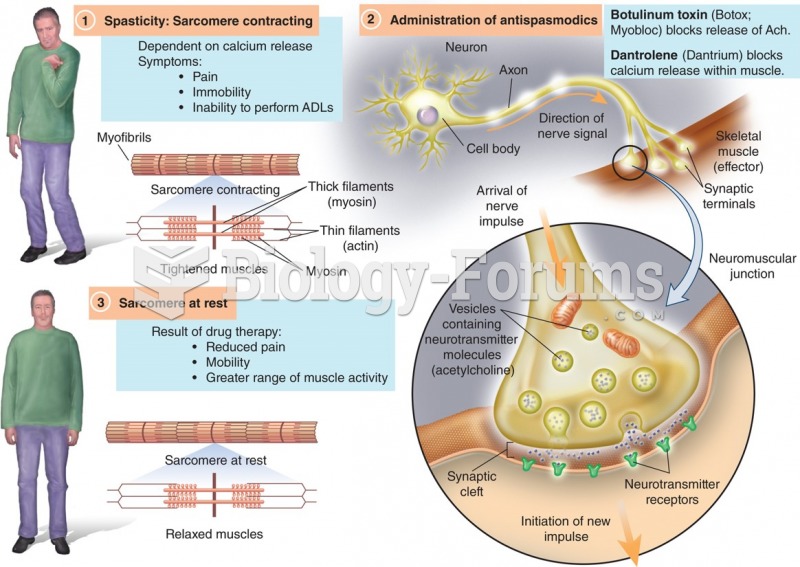 The use of antispasmodics, which block release of Ach or calcium, can result in reduced pain as well ...
The use of antispasmodics, which block release of Ach or calcium, can result in reduced pain as well ...
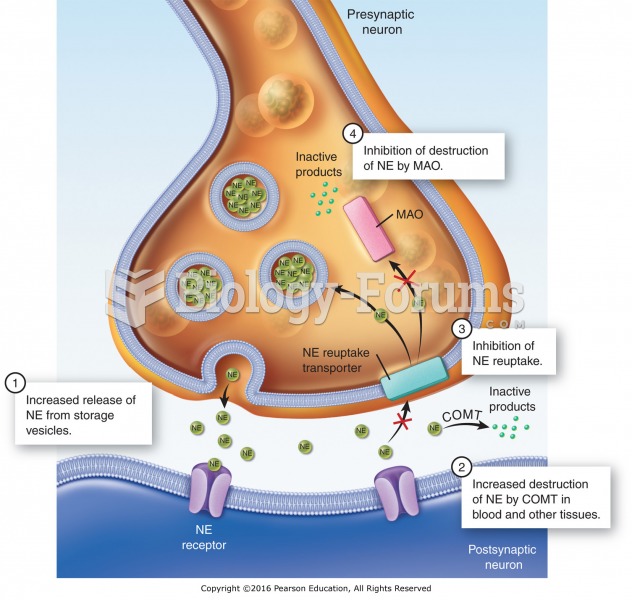 Mechanisms of action of adrenergic agonists: (1) stimulation of the release of NE; (2) increased ...
Mechanisms of action of adrenergic agonists: (1) stimulation of the release of NE; (2) increased ...



